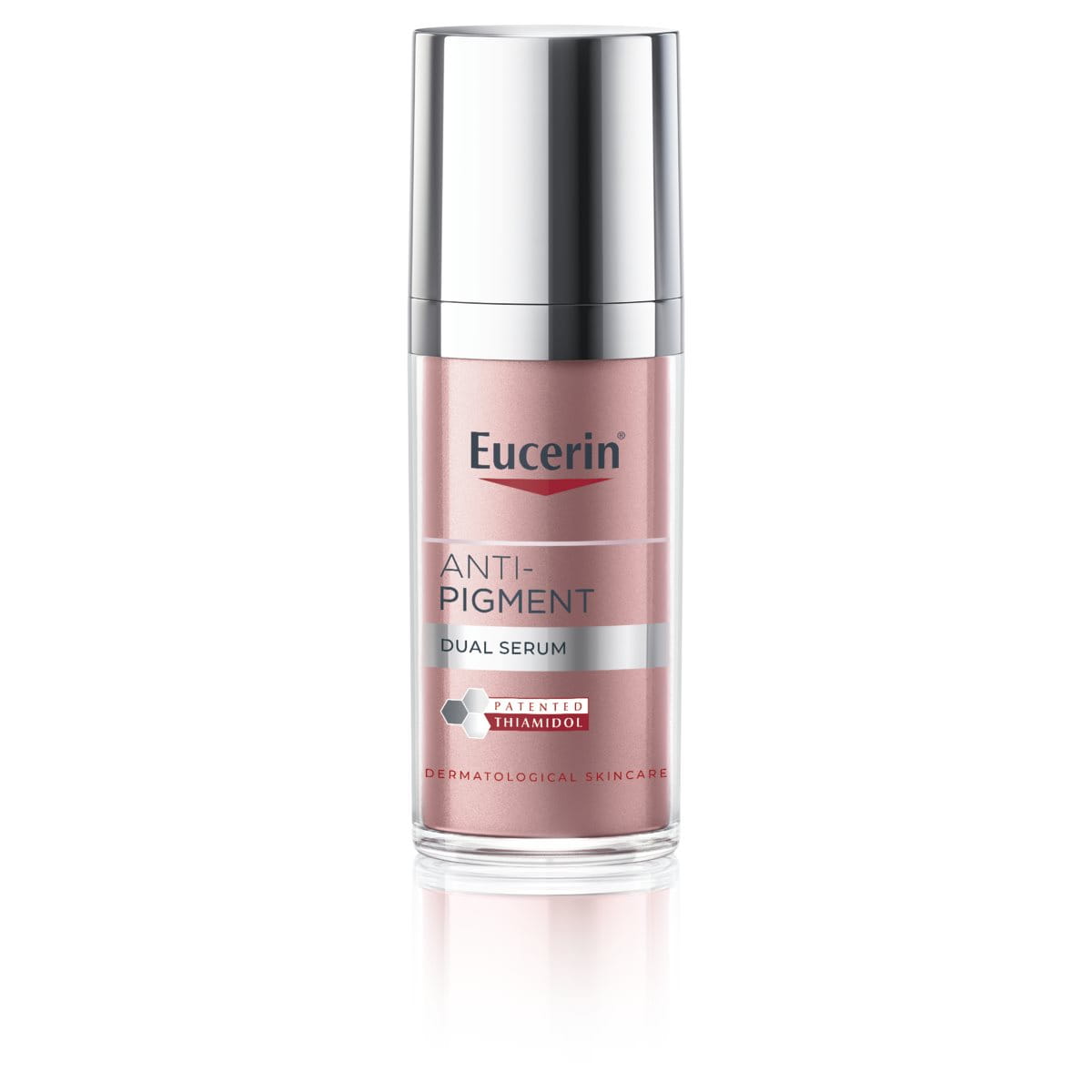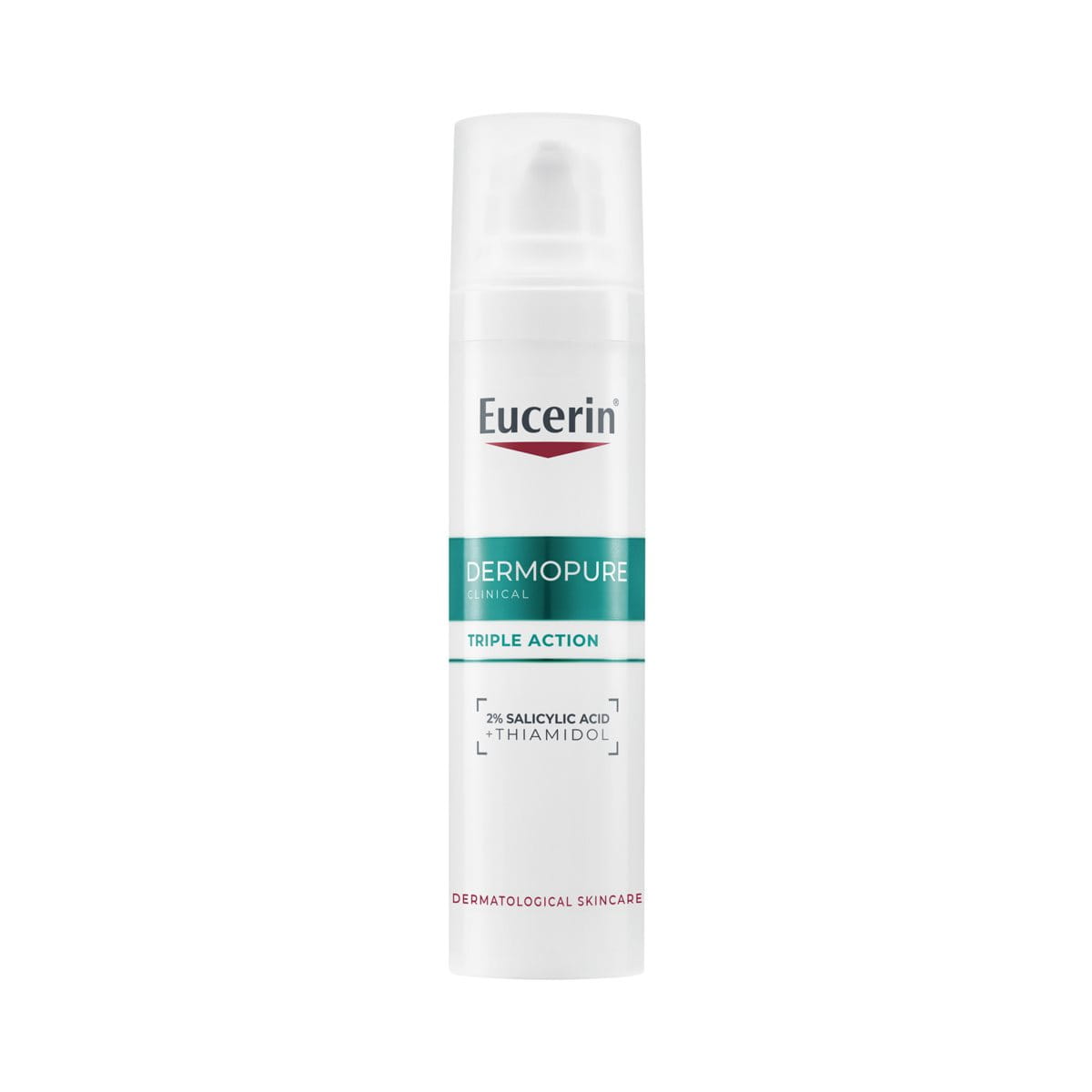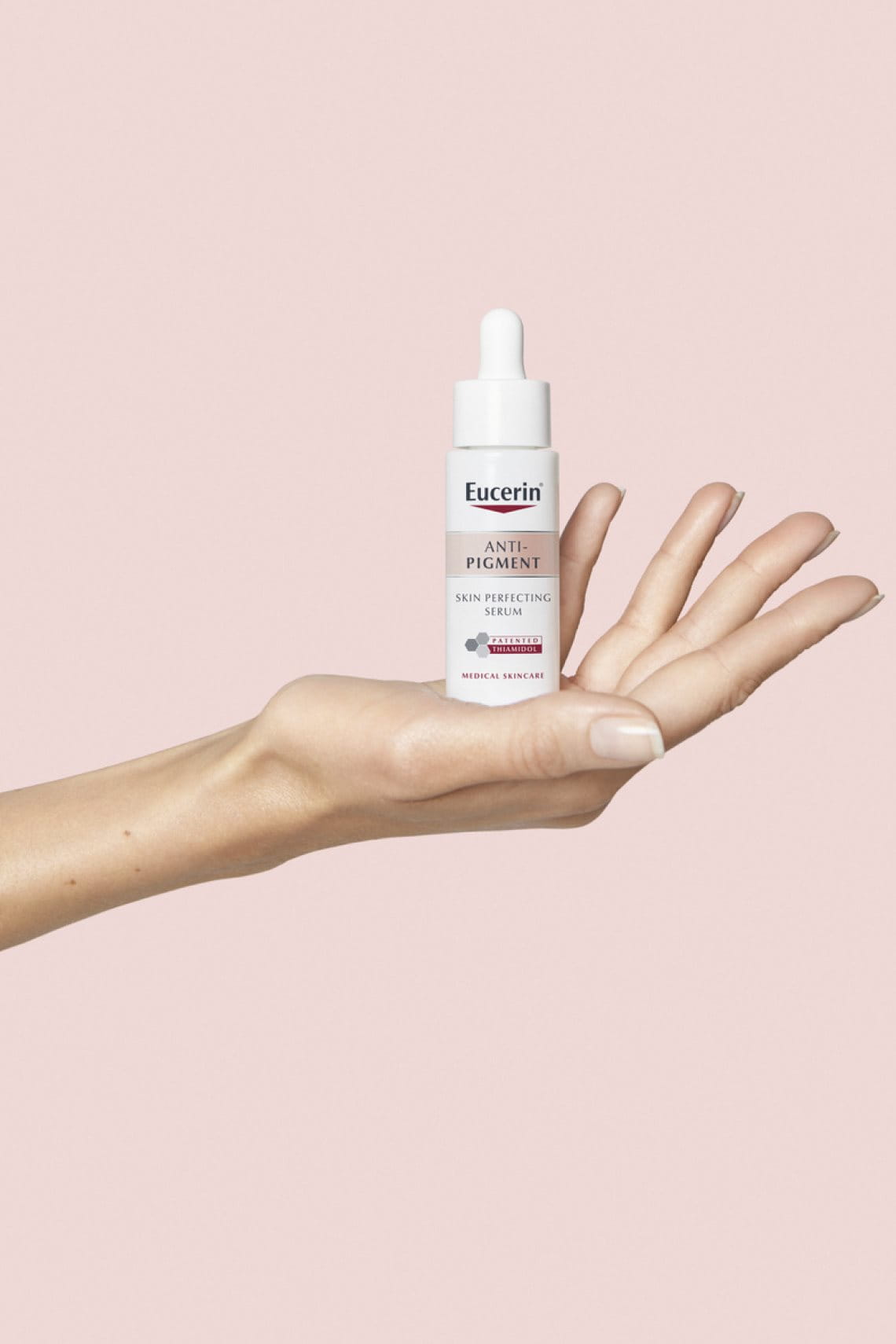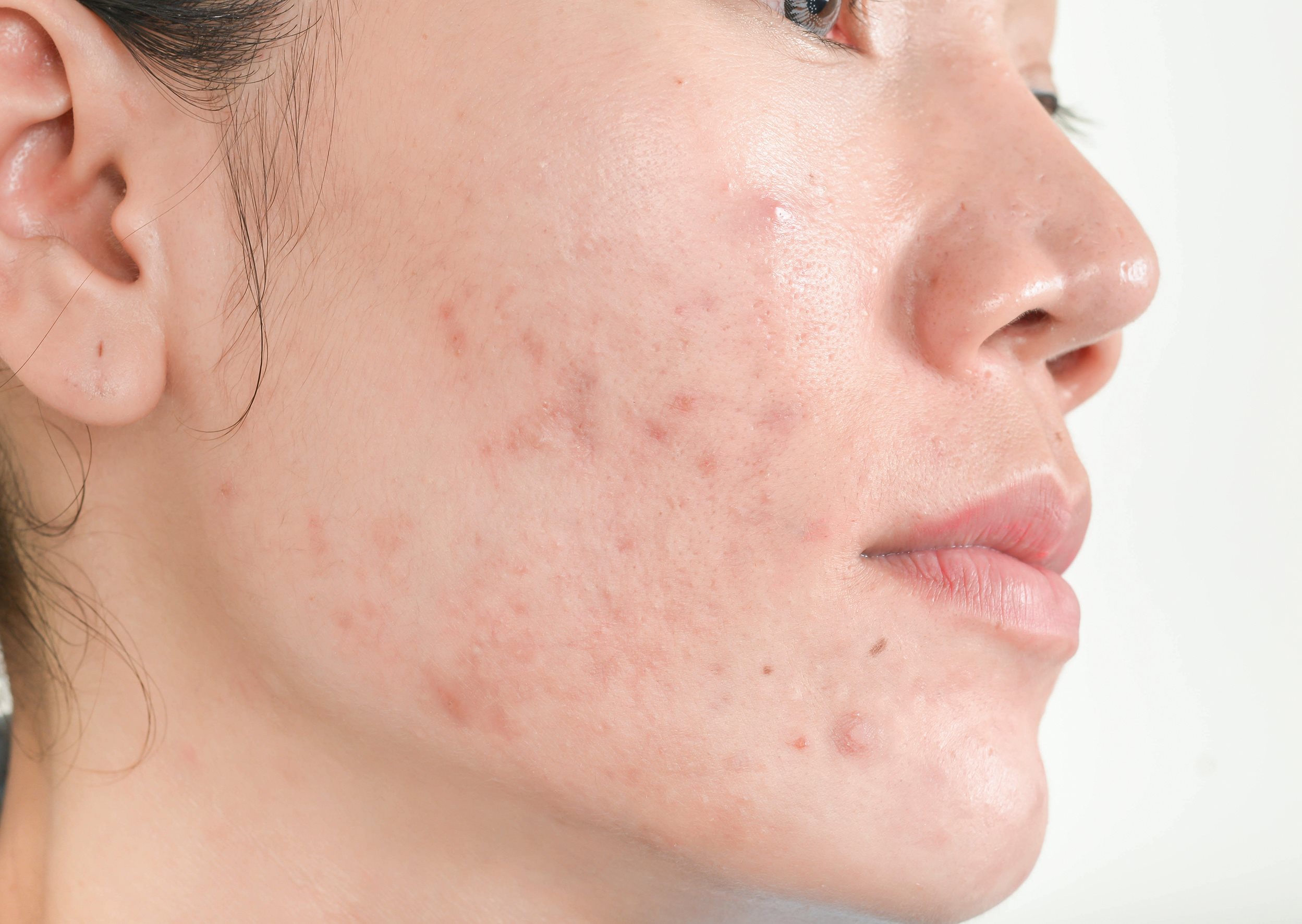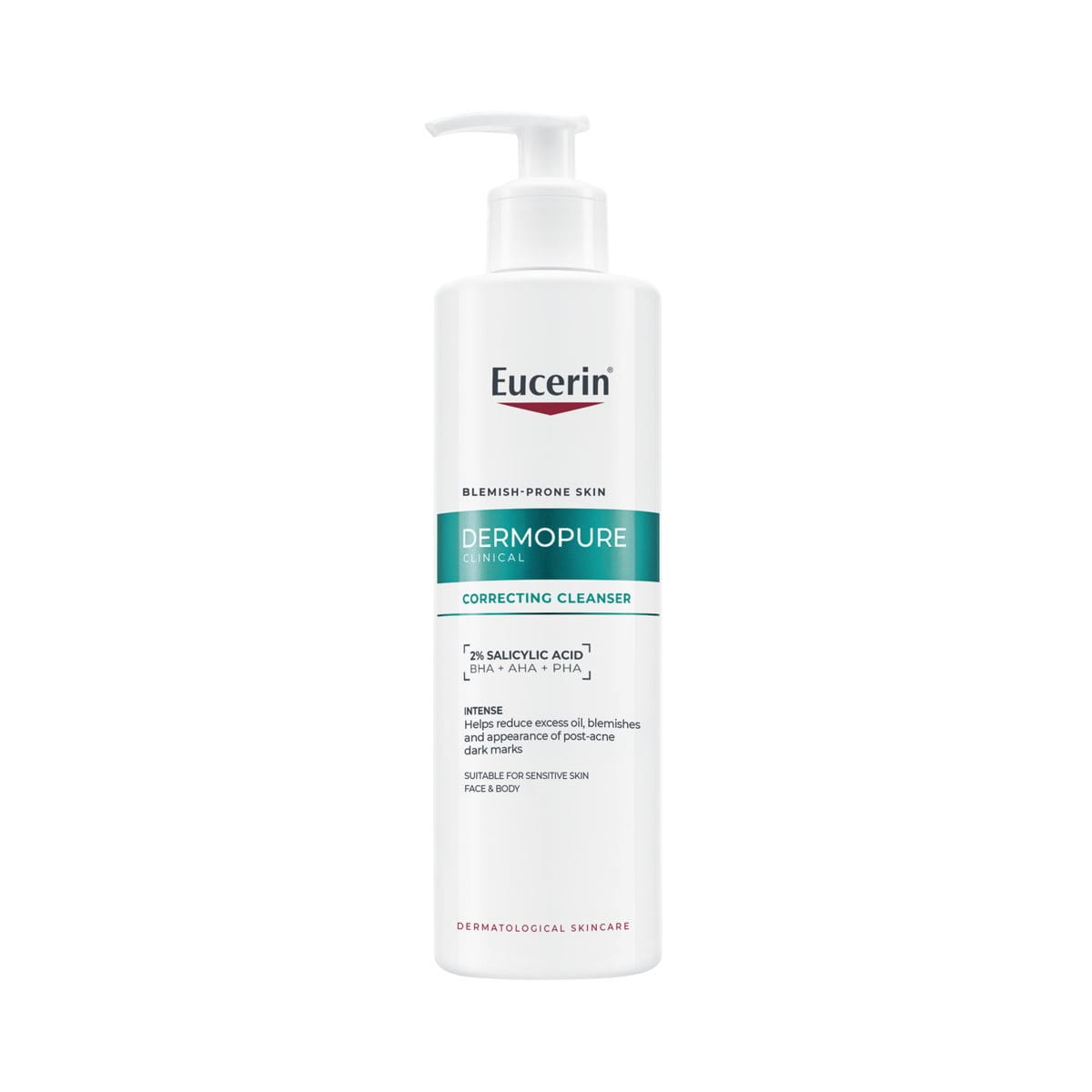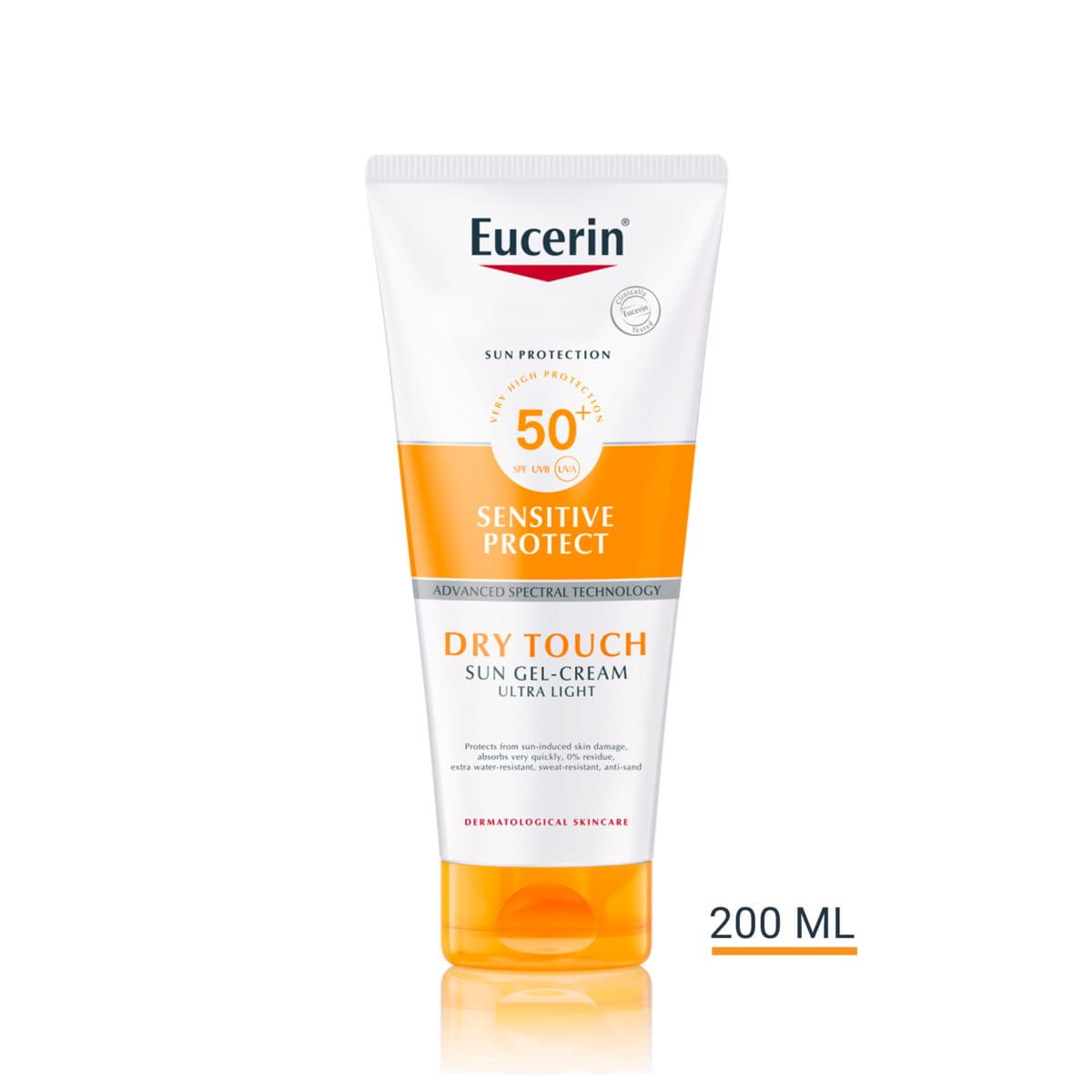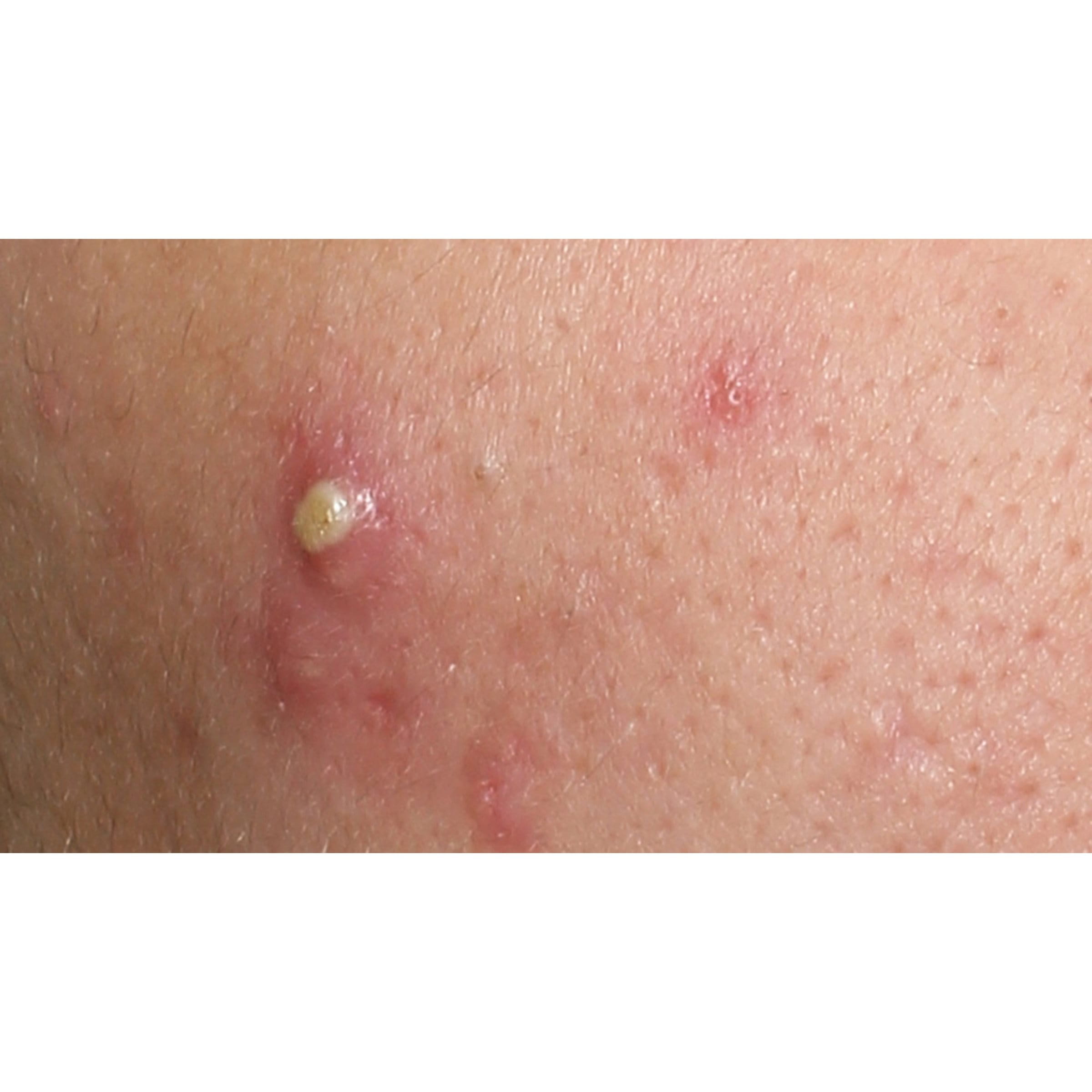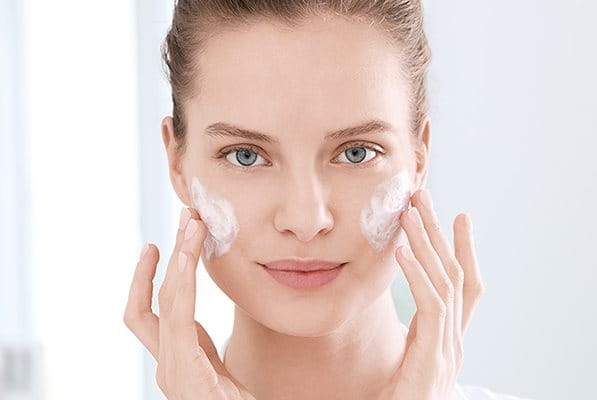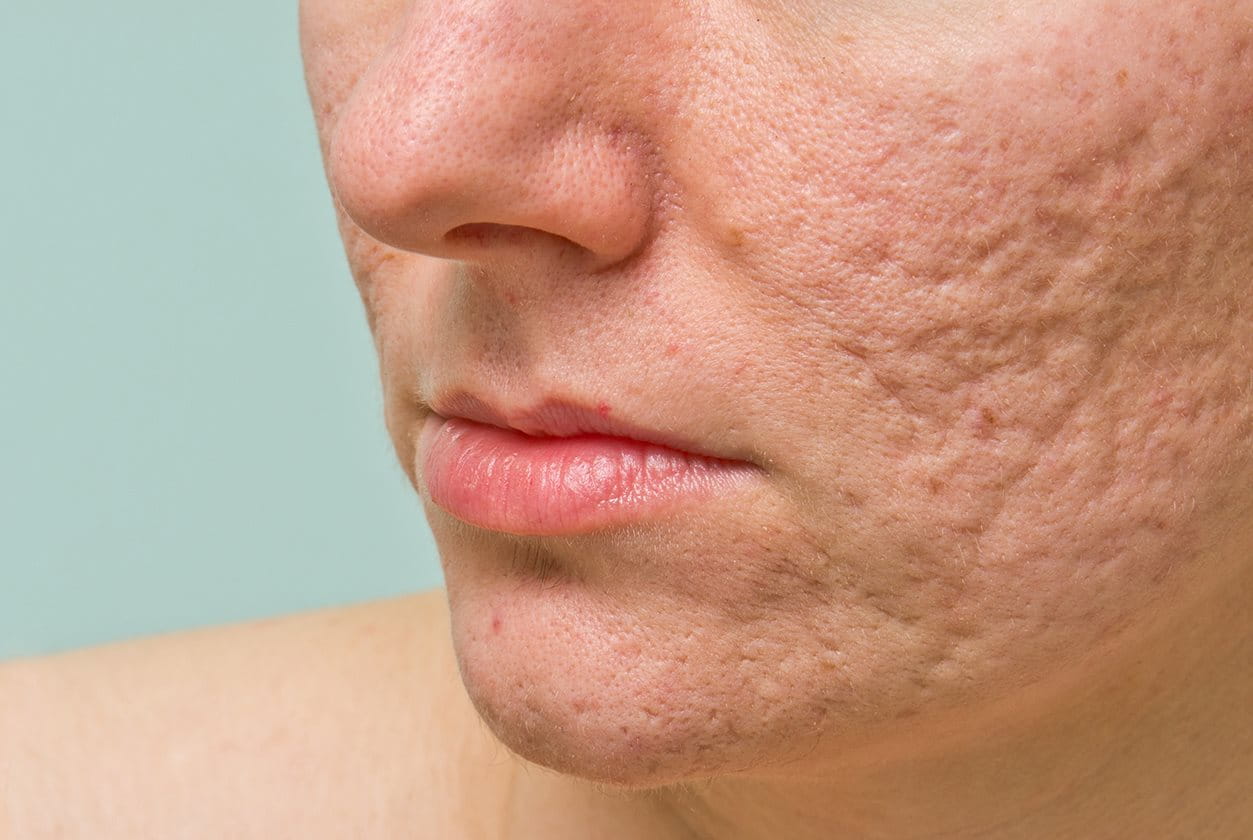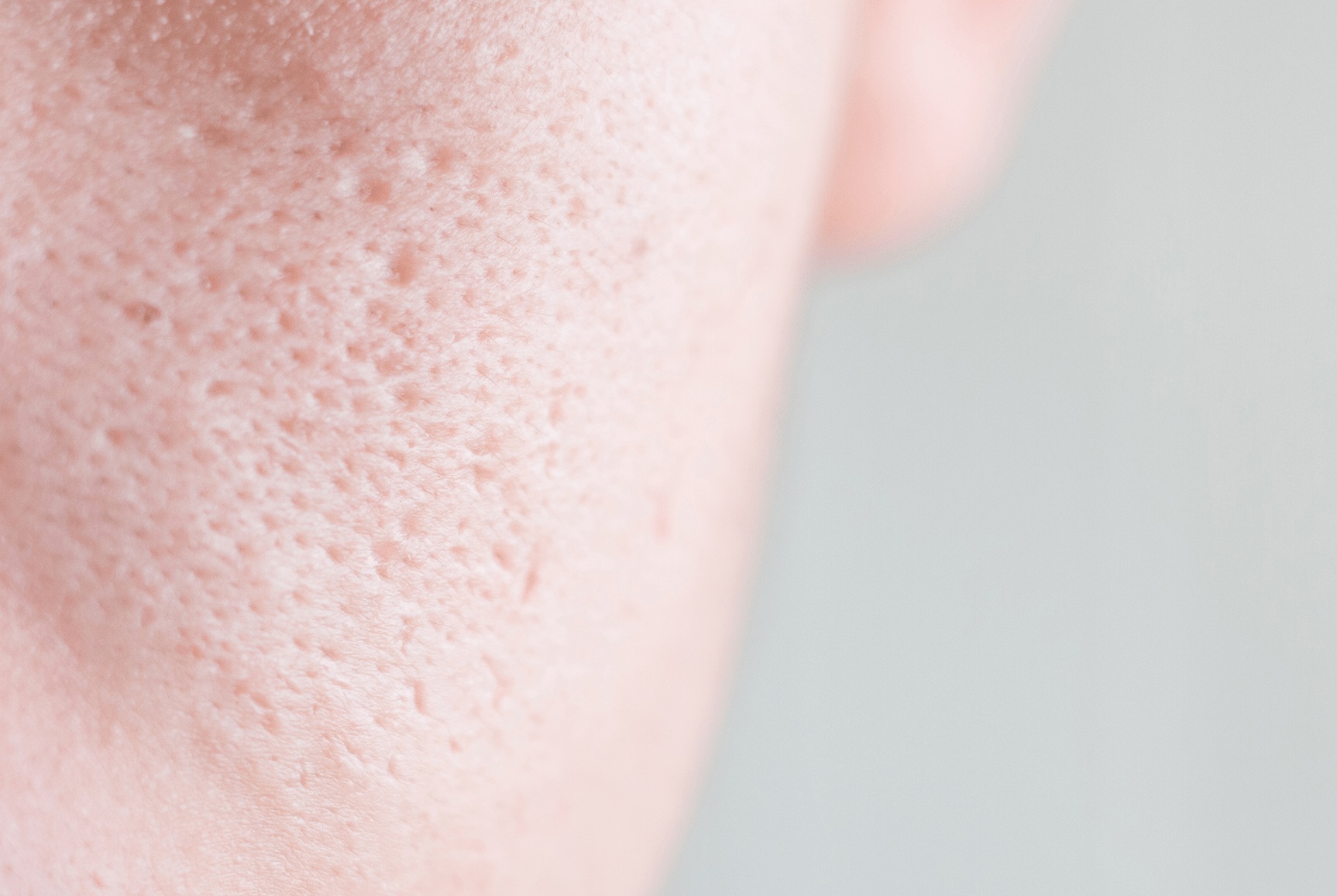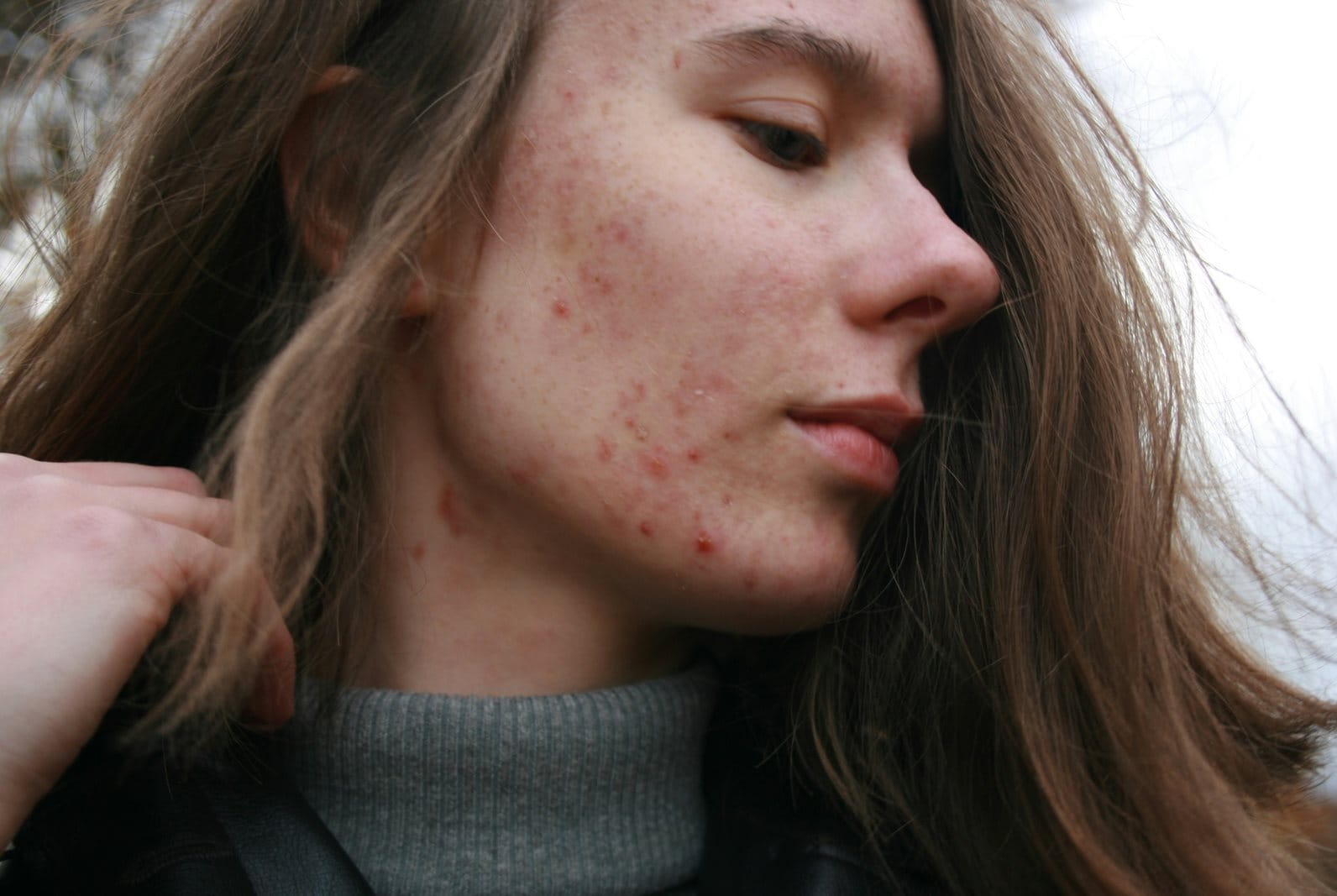Published: August 2025
Acne can appear on both cheeks and can often be caused by hormonal imbalances as well as external factors. As well as this, they are prevalent among various age groups and genders. This article will delve into what acne on the cheeks are, what causes them to appear and how to deal with them when they do.
